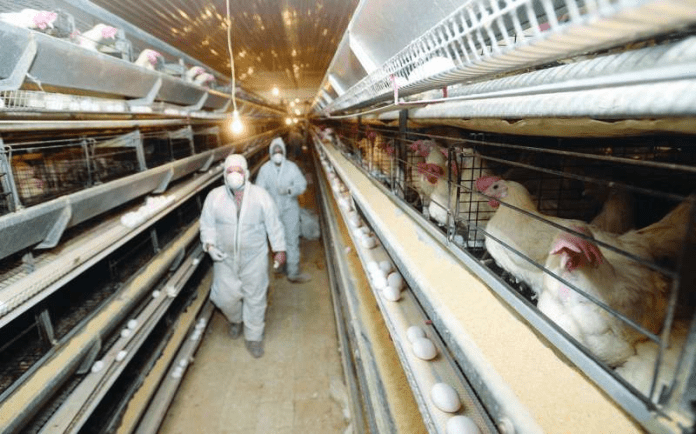A government study was conducted to analyse the various opportunities for developing food security in the country, according to a local Arabic paper. In a committee formed by the Cabinet to propose and work on an integrated national strategy for food and water security, the study gave precautions on multiple threats, such as oil prices, as well as, disruption of global supply routes. It also pointed to alleyways that could ameliorate food security amid global geopolitical and economic instability. These opportunities could open up the adoption of a sustainable production strategy, the private sector’s interest in investing in food production, and the geographical diversification of external partners.
The analysis in the “Study of the Food Security Assessment Committee and Examination of Ways to Strengthen it in the State of Kuwait” showed that internal and external factors that weaken and threaten local food security can be attributed to the weather, the lack of land and agricultural labor, as well as, the absence of proactive plans, while oil wealth and sufficient financial resources are indicated as its strength. It stressed the need to involve the private sector in the planning and building of marketing networks for the local product, in addition to encouraging scientific research and development efforts.
The study also indicated that the country’s distinct financial capacity, free trade, as well as, high availability of goods in the local market should not obstruct opportunities in terms of enhancing food and national security.
The country’s strengths also include financial stability, food access, research and development, being adaptive to future challenges, treated wastewater for agricultural production, government support programs, long-term strategic reserve (6 months) for non-perishable commodities, high quality food products and establishments, private sector’s involvement in food security planning, and marketing of foodstuffs through about 70 consumer cooperative societies and market counterparts.
The weak points, on the other hand, are dry and hot climate and long summer, scarcity of arable land and water, partial dependence on the food import, high costs of food storage, limiting permits for startups, unnecessary subsidies of foodstuffs contributions, excessive consumption, spoilage and disease outbreaks, and the non-integral view of the food, water and energy sectors.
Moreover, additional disadvantages also comprise of the abuse of agricultural land, low efficiency of water resource utilization in agricultural production, decline in the labor force in agriculture, low agricultural productivity and global competence, weakness of agricultural extension services, weakness in laboratory and veterinary services, weak agricultural infrastructure for transportation, high food waste, absence of proactive contingency plans, absence of a single principal authority responsible for food security, as well as, difficulty of allocating land for production projects, among others. Weaknesses were seen in agriculture, marine operations, food marketing, and nutritional awareness.
However, opportunities are apparent in encouraging the private sector to invest in food commodities, increase local agricultural production through the use of modern technologies, improvement of food security by reforming the marketing chain and easily reaching the food commodities market, investments in infrastructure to improve food transportation and consumer market, exploitation of renewable energy resources, implementation of research and studies, development of a sustainable local production strategy, increase in the storage capacity of government and private agencies, increase in the durability of the strategic food stock, logistics capacities in local food processing, foreign investment in major food commodities, raw materials and fodder, geographical diversification of trading partners in the face of vulnerabilities and stress shocks, expansion of the Federation of Consumer Cooperative Societies in the collective purchase of basic commodities, facilitating the procedures for releasing imported foodstuffs from different ports, benefiting from the water of the Shatt al-Arab to irrigate crops, store rainwater, and use it for drinking and irrigation, and the possibility of increasing agricultural and livestock production through inexpensive practices.
The perceived threats are population explosion, the changing dietary patterns of consumers, food imports through the ports threatened by strikes, the disruption of global supply routes as a result of the spread of epidemics and diseases, the rise in food prices in international markets and the fluctuation of their prices, low oil prices, the unexpected impact of climate change on the global food supply, imposing restrictions by some countries on their agricultural and food exports, depletion of local food storage capacity, failure to achieve self-sufficiency in strategic commodities, the delicate political backdrop, sea pollution and its effect on desalination plants, fierce competition in global markets, food safety risks, outbreaks of epidemics, animal diseases and pests and transboundary plant diseases, as well as, the dumping of the markets and reducing the marketing capacity of local food and agricultural products.

















